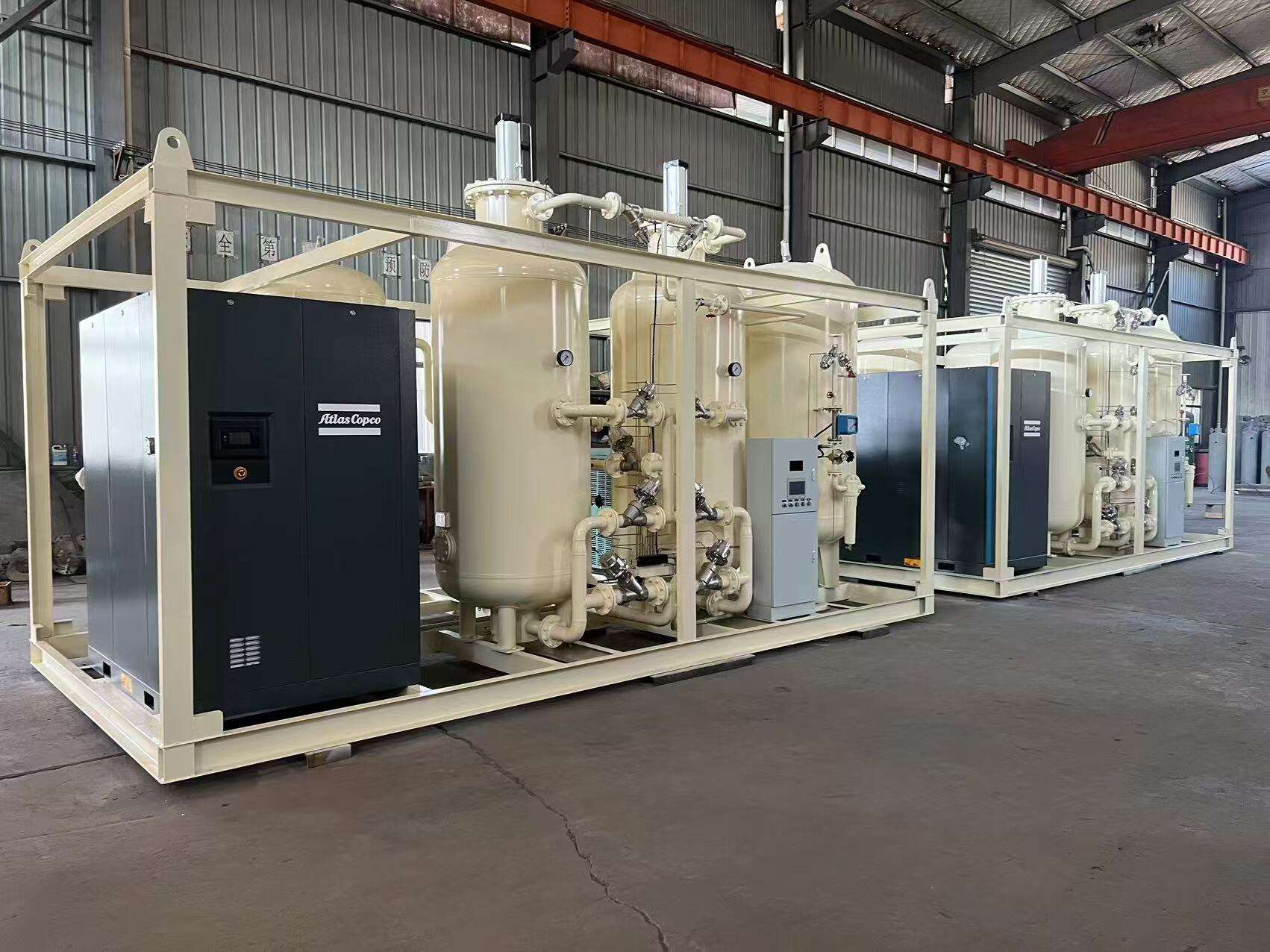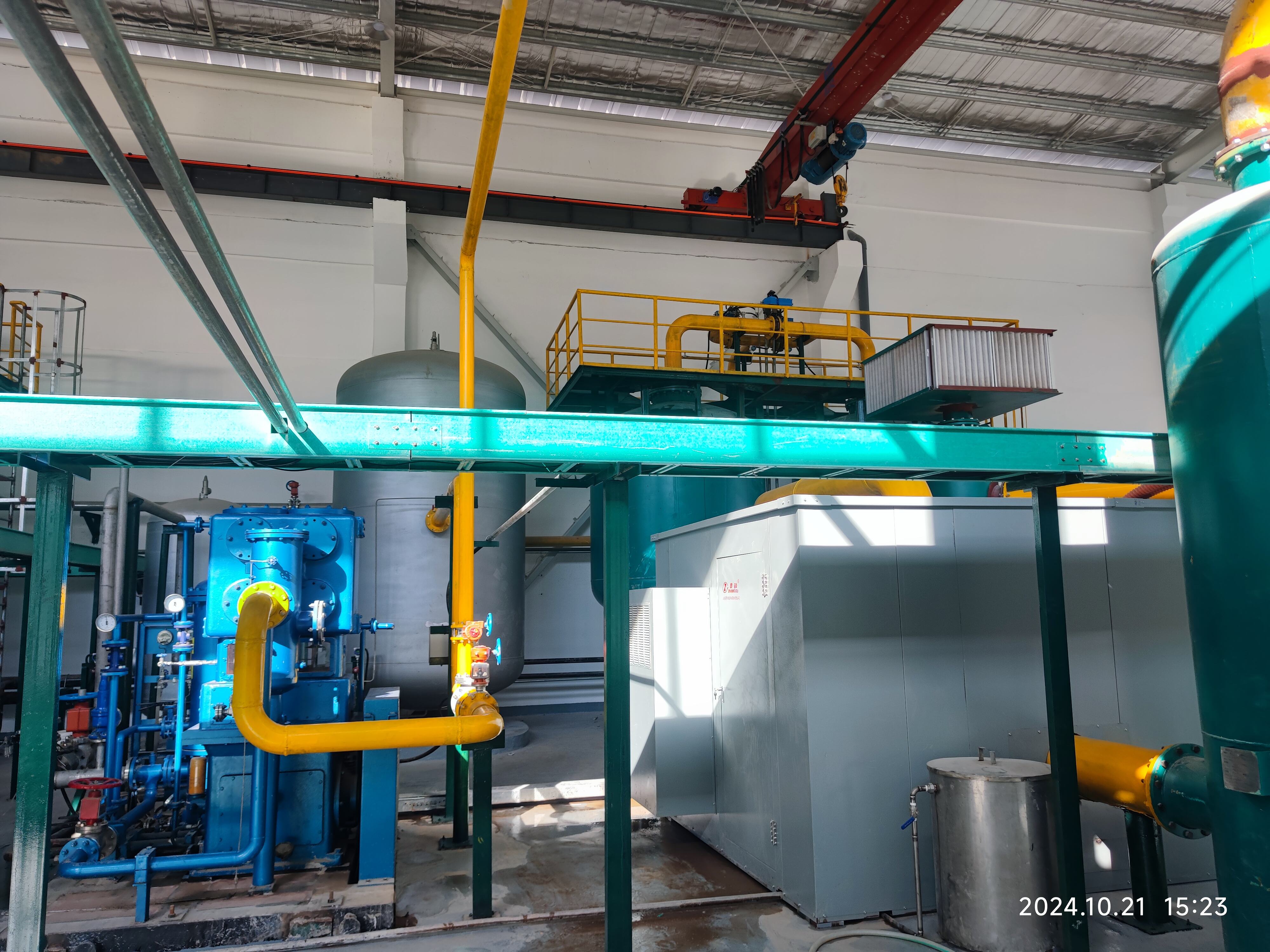pSA યંત્ર ચલાવતી પ્રક્રિયા
PSA (Pressure Swing Adsorption) પ્લાન્ટ સંચાલન પ્રક્રિયા એ એક ઉદાસીન ગેસ વિભાજન ટેક્નોલોજી છે જે મિશ્રણ થી નિર્દિષ્ટ ગેસ ઘટકોને કાર્યકષમતાપૂર્વક વિભાજિત કરે છે. આ પ્રક્રિયા અધિસંગ્રહણ પાત્રોમાં ચક્રકારી દબાણ ફેરફારો દ્વારા ચલે છે જે પરમાણુક સિવ પદાર્થો ધરાવે છે. સંચાલન ઉચ્ચ દબાણ નીચે સિસ્ટમમાં પ્રવેશતા ફીડ ગેસથી શરૂ થાય છે, જ્યાં પરમાણુક સિવ નિર્દિષ્ટ ગેસ પરમાણુઓને પ્રત્યક્ષ રીતે અધિસંગ્રહિત કરે છે જ્યારે બાકીને પાસ થઈ જવાનું મંજૂર કરે છે. અધિસંગ્રહણ ફેઝ દરમિયાન, વંચિત ગેસ ઉત્પાદનને સંગ્રહિત કરવામાં આવે છે જ્યારે અધિસંગ્રહક પદાર્થો અધિસંગ્રહિત દૂસરા ઘટકોને ધરાવે છે. પછી આ પ્રક્રિયા દબાણ ઘટાડવાથી ડિસોર્પ્શન ફેઝમાં ફેરવામાં આવે છે, જ્યાં અધિસંગ્રહિત દૂસરા ઘટકોને નિકાળવામાં આવે છે અને અધિસંગ્રહકને અગલી ચક્ર માટે પુનઃજન્મ આપવામાં આવે છે. અનેક પાત્રો વૈચિત્ર ક્રમોમાં સંચાલિત થાય છે જે નિત્ય ઉત્પાદન માટે વધારો આપે છે. સિસ્ટમમાં પ્રાથમિક નિયંત્રણ સિસ્ટમો સમાવિષ્ટ છે જે સંચાલન પરમિતિઓને નિયંત્રિત કરવા અને સંશોધિત કરવા માટે મોનિટર કરે છે, તેની મહત્તમ કાર્યકષમતા અને ઉત્પાદન ગુણવત્તા માટે સુરક્ષિત રાખે છે. આ ટેક્નોલોજી ઉચ્ચ-શોધિત ગેસો અનેક ઉદ્યોગોમાં વિસ્તરિત અભિવૃદ્ધિ માટે ઉપયોગી છે, જેમાં મેડિકલ ઑક્સીજન ઉત્પાદન, નાઇટ્રોજન ઉત્પાદન, હાઇડ્રોજન શોધન અને કાર્બન ડાયોક્સાઇડ ધરાવનું સમાવિષ્ટ છે. આ પ્રક્રિયા ખાસ કરીને તેની કાર્યકષમતા અને સંચાલન ફ્લેક્સિબિલિટી અને વિશ્વાસનીયતા માટે મૂલ્યાંકિત છે.


